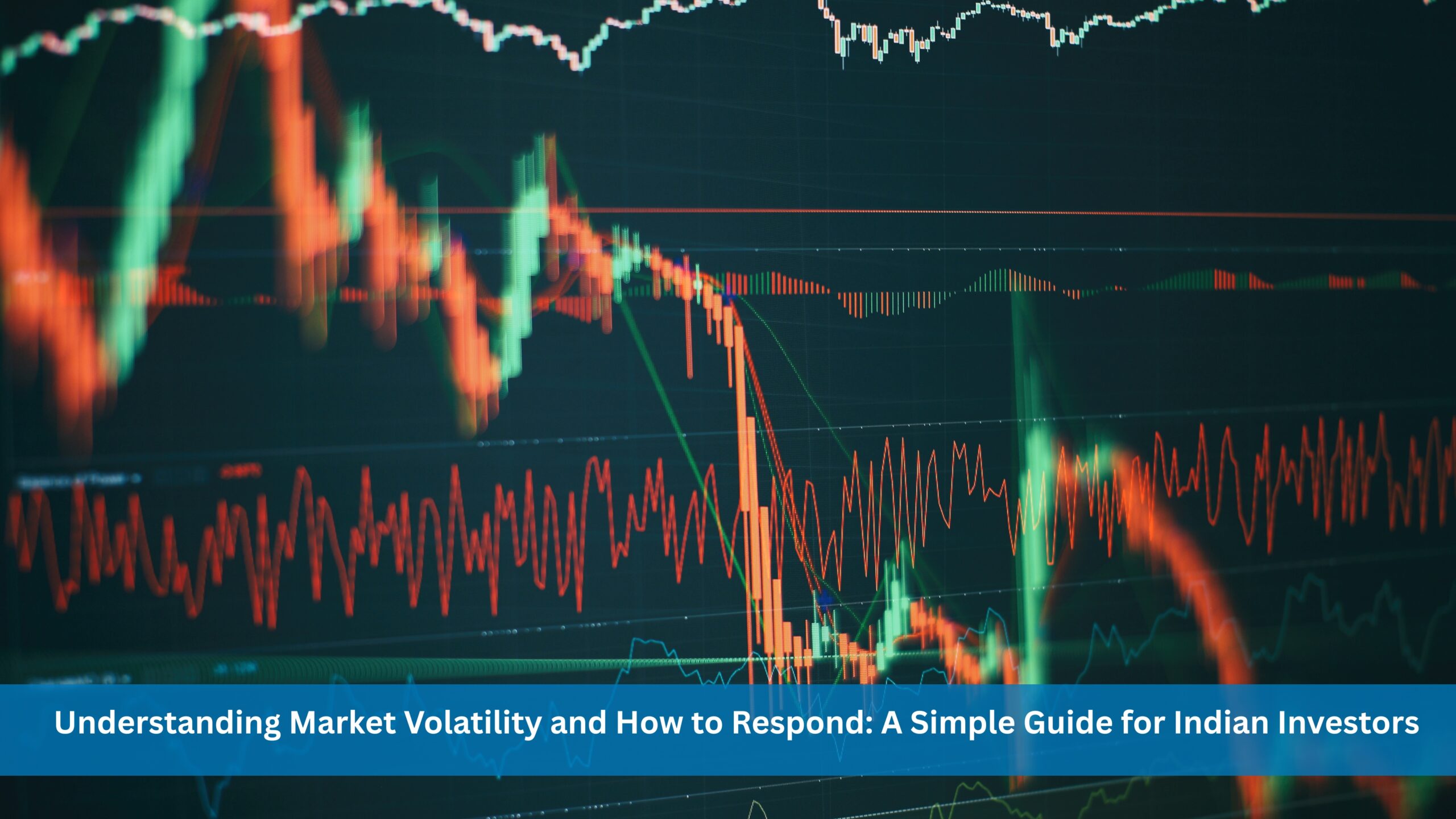Understanding Market Volatility and How to Respond: A Simple Guide for Indian Investors
Why Indian Investors Should Learn to Stay Calm During Market Swings
Markets go up. Markets go down. And sometimes, they swing both ways in a single day. This is called market volatility, and if you’re someone who follows the stock market, you’ve probably experienced this roller coaster more than once in 2025.
But here’s the good news: market volatility is normal. And with the right approach, you don’t have to panic every time the Sensex drops a few hundred points. In this guide from Your Stories, we’ll break down what volatility means, why it happens, and how smart investors in India are responding to it in 2025.
What is Market Volatility?
In simple words, market volatility means how much and how fast stock prices are changing. A highly volatile market sees big ups and downs in short periods, while a stable market moves slowly and steadily.
Volatility can be caused by:
- Economic news (like inflation or interest rate hikes)
- Global events (like wars, elections, or oil prices)
- Company earnings or big announcements
- Investor sentiment and fear
Is Volatility a Bad Thing?
Not always! While sudden drops can feel scary, volatility also creates buying opportunities. In fact, many experienced investors wait for dips to invest more.
For example, in early 2025, the Indian stock market saw sharp corrections due to global rate changes and political tension. But within weeks, it recovered—showing how short-term panic doesn’t always reflect long-term value.
How to Respond to Market Volatility: 5 Practical Tips
1. Stay Calm and Avoid Panic Selling
The biggest mistake during market swings is selling out of fear. If your investments are based on long-term goals, don’t let a short-term dip scare you.
Remember: The market has always bounced back over time.
2. Use SIPs to Average Out Costs
If you’re investing in mutual funds, use a Systematic Investment Plan (SIP). SIPs automatically invest a fixed amount every month, which helps you buy more when prices are low and less when prices are high.
This strategy smoothens returns over time.
3. Diversify Your Portfolio
Don’t put all your money in one sector or company. Spread it across:
- Stocks (large cap, mid cap, small cap)
- Debt funds or bonds
- Gold or other alternatives
Diversification protects your money during uncertain times.
4. Focus on Quality Stocks
Choose companies with strong financials, good leadership, and a consistent track record. These stocks may fall during volatility but usually recover faster than weak or overhyped stocks.
5. Keep Cash for Opportunities
Always keep some funds aside. This way, if a good stock becomes cheaper during a market dip, you’re ready to buy the dip rather than just watch it.
Bonus Tip: Track India VIX
The India VIX is the “Fear Index” that tells us how volatile the market is expected to be. A high VIX means people are nervous. A low VIX means people are relaxed.
It’s not a tool to time the market but gives a signal about investor mood.
Final Words
Market volatility is like the weather—it changes all the time. But if you carry an umbrella (read: a good investment plan), you can step out confidently even when clouds gather.
So don’t panic. Be informed. Stay invested.
For more easy-to-understand finance guides, business tips, and investing stories, follow Your Stories—your trusted partner in learning how to grow money the smart way.







